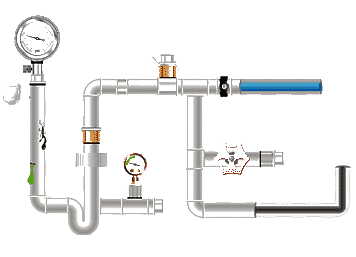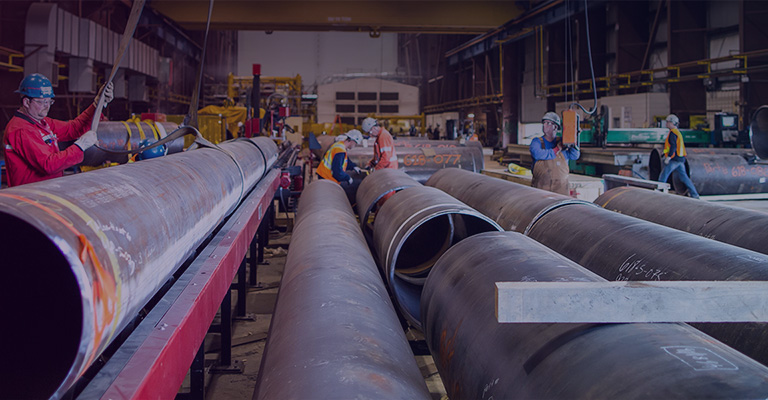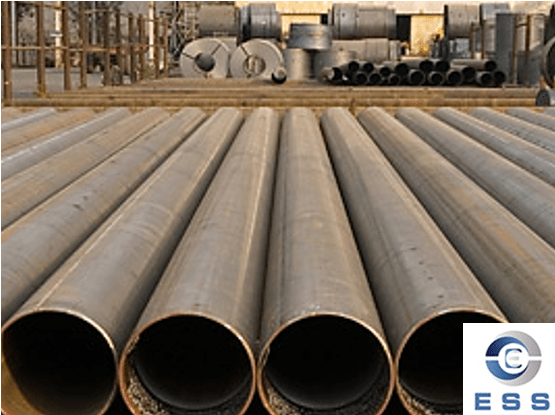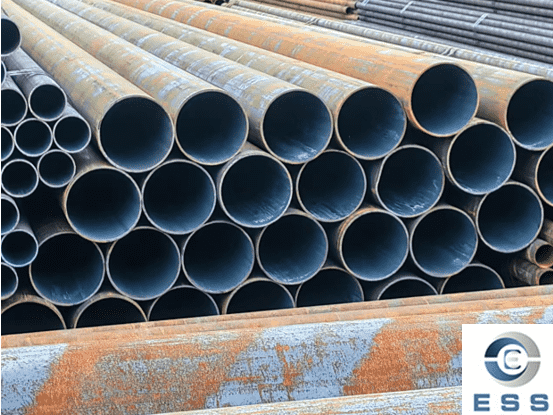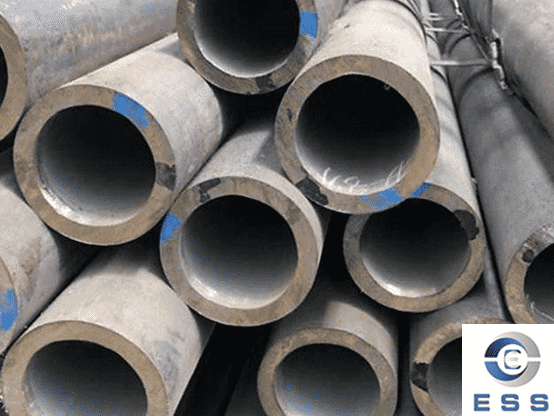Mild steel pipe ( MS pipe full form ), made
from low carbon steel, is a type of carbon
steel pipe. The chemical
composition of MS pipe is carbon, silicon, manganese, phosphorus, and
sulfur. It is used for various applications, including structural, mechanical,
and fluid transport. Mild steel pipe can be manufactured as either seamless or
welded to meet the needs of different pressure ratings and operating
environments.
Common MS Pipe Standards
The standards applicable to MS pipe vary
worldwide, depending on the specific application, region, and other factors.
The following are some examples of commonly used MS pipe standards:
1. Indian Standards
IS 1239, IS 161, IS 3589, IS 4270, IS 1978,
IS 3601, etc., apply to mild steel pipe for general use, pressure piping, and
structural applications.
2. American Standards
ASTM A53, ASTM A135, ASTM A795, ASTM A523, etc., apply to carbon steel pipe
for liquid and gas transport and fire protection.
3. British Standards
BS 1387, BS 3601, BS 6323, etc., apply to
threaded pipes and structural steel pipes.
4. European Standards
EN 10255, EN 10219, EN 10217, EN 10296,
etc., apply to non-alloy steel structural pipes, pressure pipes, and welded
steel pipes.
5. Japanese Standards
JIS G 3444, JIS G 3452, JIS G 3454, JIS G
3455, etc., apply to structural, general piping, and pressure steel pipes.
6. Australian Standards
AS 1074, AS 1163, AS 1450, etc., apply to
low-carbon steel pipes for piping and structural purposes.
These standards cover various aspects of MS
pipes, such as dimensions, weight, chemical composition, mechanical properties,
and testing procedures. The specific standard adopted depends on a variety of
factors, such as the intended use, the specific requirements of the project or
industry, and regulations in the region where the pipe will be used.
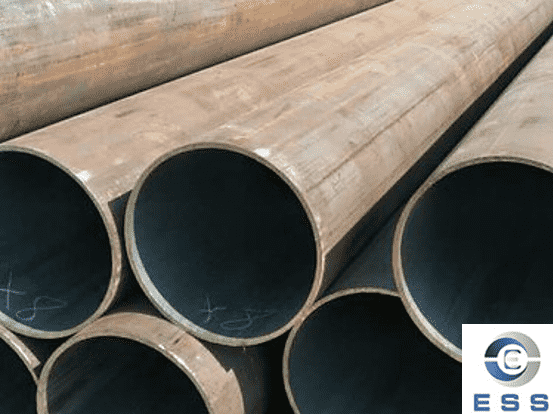
Advantages of MS Pipe
1. Good Ductility
MS pipe is easily bent into any shape and
can be used in manufacturing.
Compared to other steel pipes, mild steel
pipe is easier to form into various shapes.
Compared to high-carbon steel or alloy
steel, its elongation can reach 20%-25%, resulting in superior processability.
2. Cost-Effectiveness
The production cost of mild steel pipe is
much lower than that of other steel pipes, such as galvanized
steel pipe.
This lower production cost is due to its
low carbon content, while other steel pipes have a higher carbon content and,
therefore, a higher production cost.
3. High Pressure Resistance
Seamless
MS pipe is made by forming steel plate into a
round shape (called a "billet"), then heating and rolling it until it
reaches the desired pipe size.
This type of pipe is more expensive, but it
is stronger and can withstand very high fluid and gas pressures, making it
widely used in many industries.
4. Reusability
MS pipe can be reused as scrap. Scrap can
be processed through various methods to extract pure steel, reducing the cost
and effort of steel mining.
5. High Weldability
Because MS pipe contains low carbon content
(generally less than 0.25%), it does not produce a significant hardened
structure during welding, making it easy to weld with other carbon steel pipes
and products.
Disadvantages of MS Pipe
1. Susceptibility to Rust and Corrosion
Due to its lack of a protective coating, MS
pipe is more susceptible to rust and corrosion than other pipes (such as GI
pipe).
Therefore, a protective coating is required
on the outer surface of MS pipe to reduce the likelihood of rust and corrosion.
2. Maintenance
Because MS pipe is more susceptible to rust
and corrosion, it requires more frequent replacement, resulting in higher
maintenance costs in locations where MS pipe is used.
3. Reaction with Water
Mild carbon steel pipe reacts with water,
which is harmful to human health and therefore cannot be used in drinking water
supply pipes.
4. Tensile Strength
The tensile strength of mild steel is
typically between 330–410 MPa, lower than that of alloy
steel (>600 MPa). Mild steel pipes are also less rigid, meaning they tend to
fracture under low stress.
Applications of Mild Steel Pipes
1. Fire Protection Systems
Mild steel pipes are used in fire
protection systems to transport water to fire hydrants and automatic sprinkler
systems.
2. HVAC Systems
Mild steel pipes are used to transport air
and hot and cold water in heating, ventilation, and air conditioning (HVAC)
systems.
3. Piping Applications
Mild steel pipes are used in piping systems
for transporting water and waste.
4. Structural Applications
Mild steel pipes are commonly used for
structural support, such as building frames, bridges, and buildings.
5. Mechanical Applications
Mild steel pipes are used in a variety of
mechanical applications, such as pipes transporting liquids and gases.
6. Automotive Applications
Mild steel pipes have a variety of uses in
the automotive industry, such as exhaust systems.
7. Agricultural Applications
Mild-carbon steel pipes are used for
agricultural irrigation and drainage.
FAQ
1. What is The Lifespan of MS Pipes?
Untreated MS pipes have a lifespan of
approximately 5–10 years in humid environments.
If treated with hot-dip galvanizing, epoxy
coating, or internal lining, the lifespan can be extended to over 25 years.
2. Can MS Pipes Be Used in Drinking Water
Systems?
Not recommended.
Since MS pipes easily react with oxygen in
water and rust, affecting water quality, they are not suitable for drinking
water piping.
Galvanized or stainless
steel pipes should be preferred for drinking water systems.









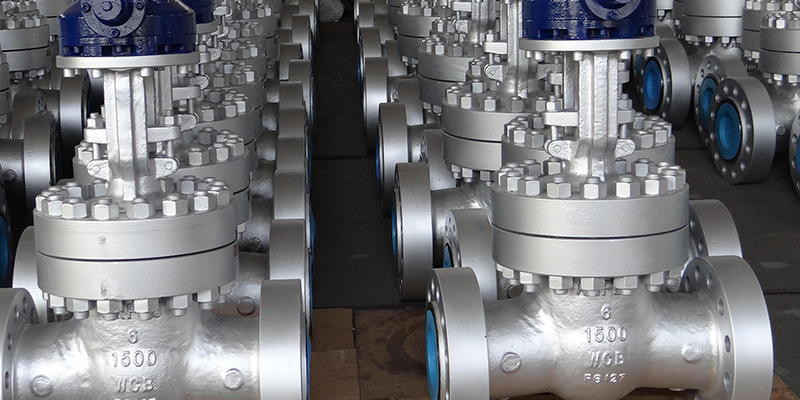
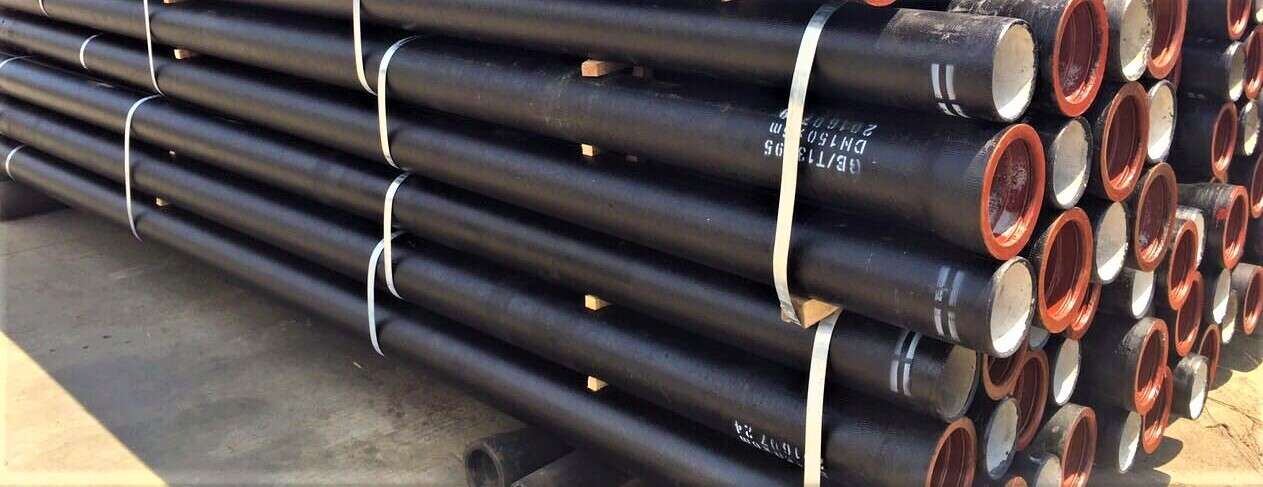


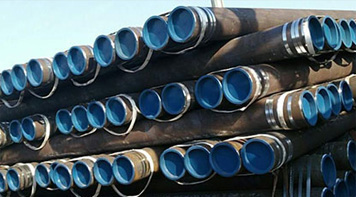 Eastern Steel Manufacturing Co.,Ltd not only improve product production and sales services, but also provide additional value-added services. As long as you need, we can complete your specific needs together.
Eastern Steel Manufacturing Co.,Ltd not only improve product production and sales services, but also provide additional value-added services. As long as you need, we can complete your specific needs together.
